With the growing awareness of foot health, more and more consumers are no longer satisfied with just “trying on for fit”; they are paying closer attention to whether the shoes truly “suit their feet.” Under this trend, some forward-thinking shoe stores have begun introducing foot pressure testing mats, sparking a wave of “smart shoe fitting” fever.
So the question arises: is a foot pressure testing mat really suitable for use in shoe stores?
The answer is: not only is it suitable, but it is also a key tool for enhancing customer experience and boosting sales power.
Let’s first understand what a foot pressure testing mat is. It is a professional device that can record foot pressure in real time. When a user stands or walks on it, the system automatically generates dynamic data such as a foot pressure distribution map, center of gravity transfer trajectory, and changes in foot arch. This data not only reveals potential foot abnormalities but also helps determine which type of shoe sole support or cushioning structure is more appropriate.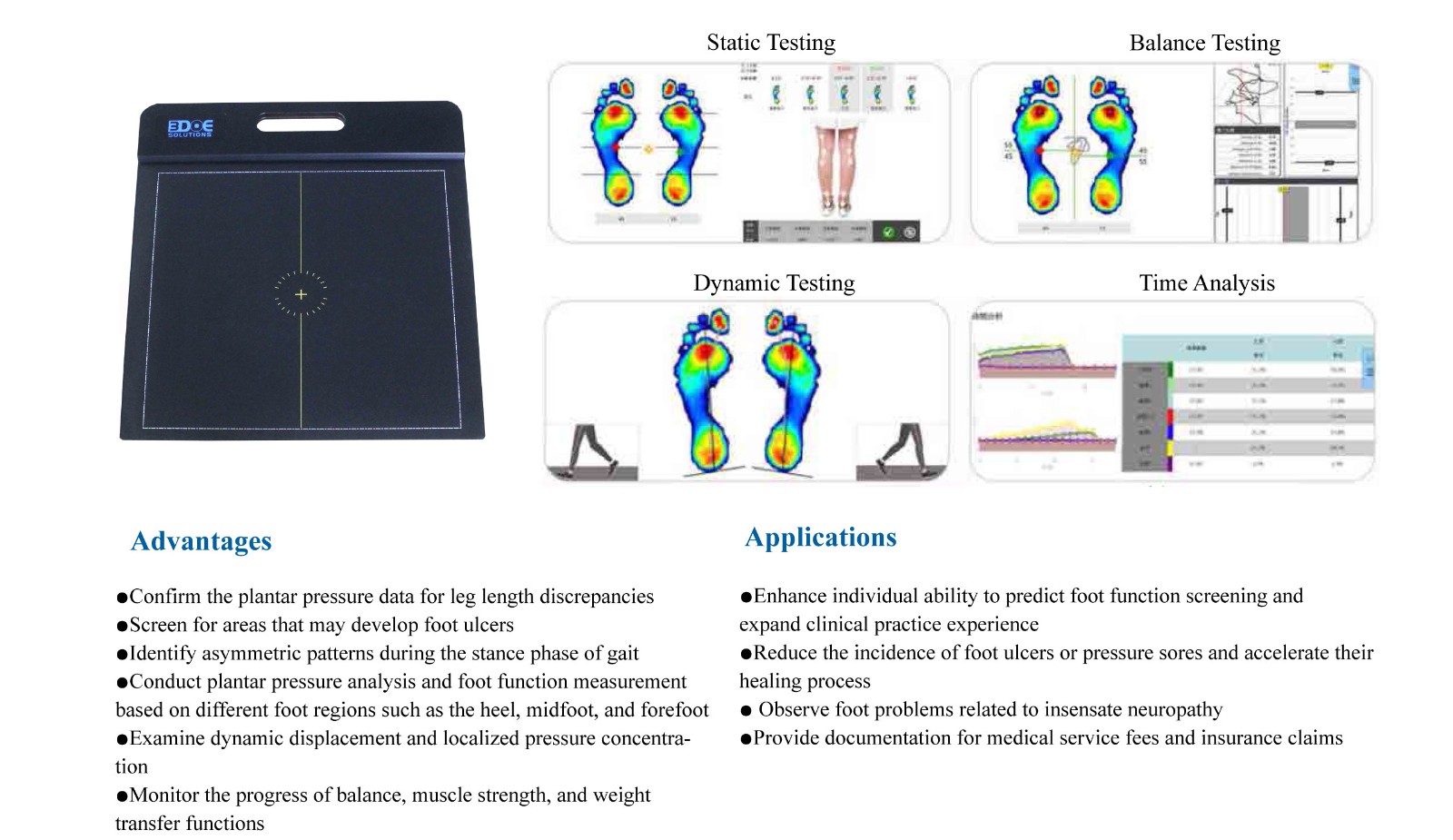
Foot pressure distribution system
For shoe stores, the addition of this technology brings several direct benefits:
First, enhancing professional image and increasing customer trust.
Traditional shoe stores recommend shoe sizes and styles based on visual inspection, manual squeezing, and subjective customer feedback — largely relying on experience. Introducing a pressure testing mat is like having an eye exam before getting glasses, giving a sense of “test first, then match” through a scientific process. Customers are more likely to trust the salesperson’s recommendation and feel that this is a store with standards, data, and credibility.
Second, personalized recommendations that improve conversion efficiency.
Through the pressure map, it is possible to identify whether the customer has high arches, flat feet, or normal arches; whether their center of gravity is tilted inward or outward; and whether there is uneven pressure distribution when standing. With this information, sales staff can recommend the appropriate shoe type, such as running shoes with better support, casual shoes with superior shock absorption, or even corrective insoles. The recommendations become more targeted, making it easier for customers to nod and buy.
Third, increasing added value and driving insole and service sales.
By analyzing foot pressure data, shoe stores can not only sell shoes but also launch personalized insole customization services or foot health management packages. A single testing mat not only sells shoes — it opens up the entire “foot health consumption chain.”
Of course, application scenarios should be adapted to local conditions.
If it is a boutique shoe store, a professional running shoe store, a sports brand flagship store, or a footwear brand that focuses on high-end comfort, then a foot pressure testing mat is an excellent bonus. However, for mobile stalls or small shoe stands, the equipment investment and space requirements may not be compatible.
At the same time, operators must undergo basic training to accurately read the data and give appropriate recommendations, avoiding turning the technology into an empty display.

 +86-0755-86131192
+86-0755-86131192 2025-06-23
2025-06-23 Back to list
Back to list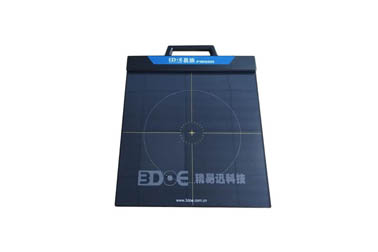
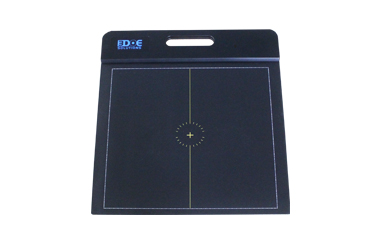

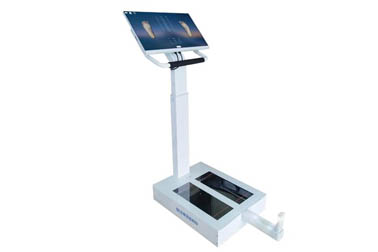
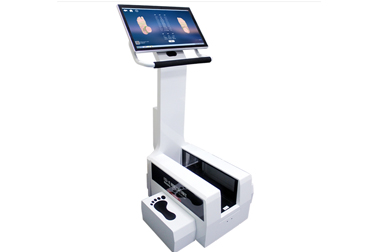
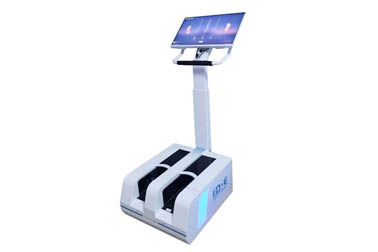



 +86-0755-86131192
+86-0755-86131192